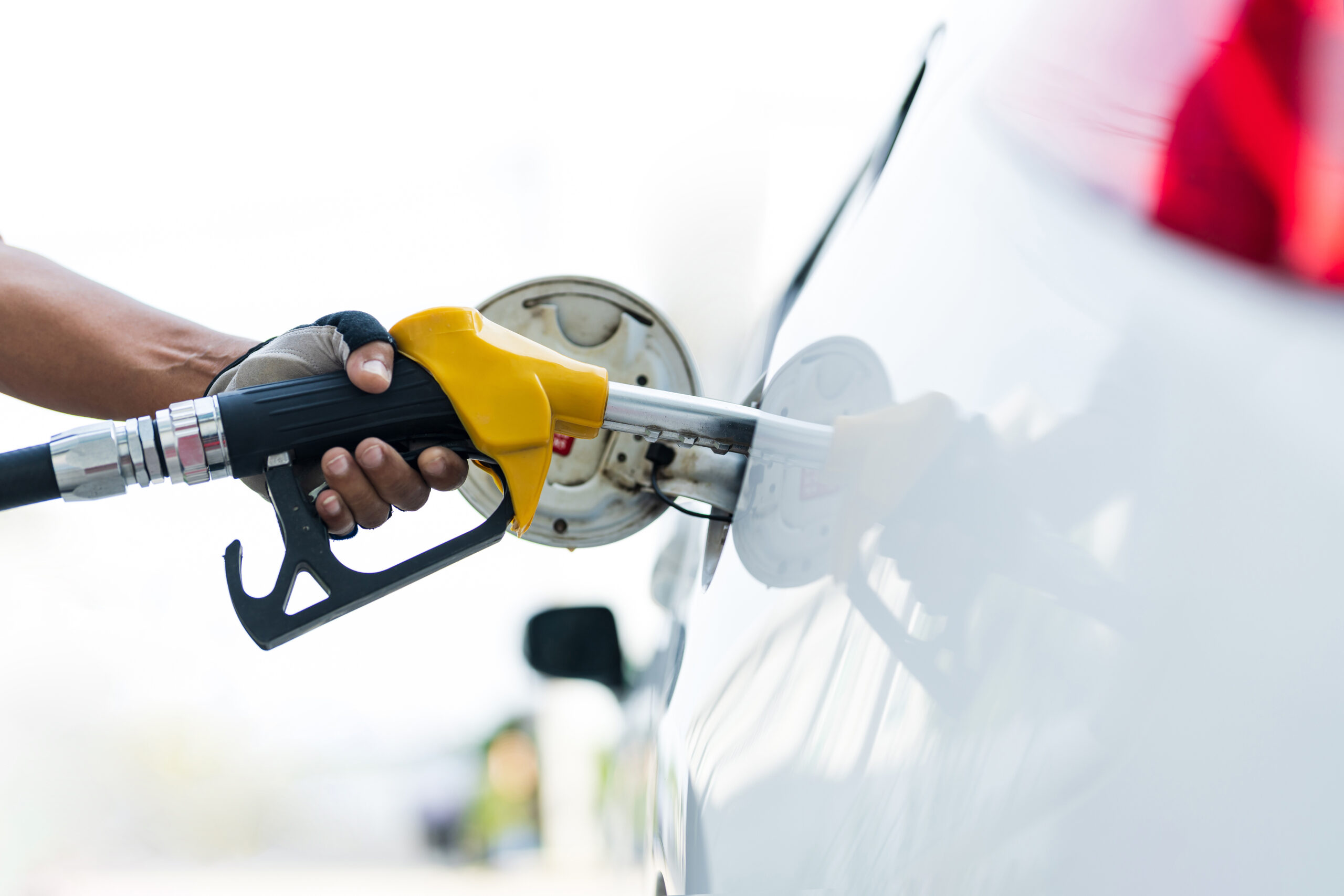
What is fuel excise?
Fuel excise is a flat sales tax levied by the Australian Government on petrol and diesel bought at the bowser. The current rate is 50.8 cents in excise for every litre of fuel purchased.
The rate of fuel excise is adjusted in February and August each year in line with inflation and is in addition to the GST.
Over the decade to 2022-23, only 57% of fuel excise was reinvested in land transport projects. The AAA calls for every cent of fuel excise to be reinvested into land transport projects.
Who pays?
All Australian motorists who buy petrol and diesel at the bowser pay 50.8 cents a litre in fuel excise.
Separately, the owners of heavy vehicles – such as buses, coaches, and trucks – using public roads pay a Road User Charge for each litre of diesel they buy. The Government provides a rebate (tax credit) on the fuel excise to some industries, like mining and agriculture, as their vehicles don’t use public roads.
Owners of pure electric vehicles (or other zero-emission technology vehicles that don’t use liquid fuels) don’t pay any federal fuel excise.
Fuel excise is used to help pay for our roads
Unlike registration and driver’s licence fees, which go to state and territory governments, fuel excise is collected by the federal government.
Like almost all federal taxes, fuel excise goes into the Government’s general revenue, which is then drawn upon to fund our transport infrastructure. It’s the contribution that you, as a motorist, make to developing and maintaining our road transport system.
Fuel excise makes a big contribution to government coffers
Australian motorists paid an estimated $15.71 billion in net fuel excise in 2023-24, and are expected to pay $67.6 billion over the four years from 2023-24 to 2026-27, according to the October 2023 Federal budget. For a typical household, the 2023-24 fuel excise bill was about $1,283.
But as cars have become more fuel-efficient and new-zero and low-emission technologies (including electric vehicles) become more widespread, the amount of fuel excise collected by the federal government will start falling.
How much is being reinvested into transport projects?
Net fuel excise to be collected will increase slightly over the next few years to about $17.7 billion in 2026-27.
While total Government spending over the next four years is high, this hides a forecast decrease in spending over the coming years.
The proportion of excise returned to land transport infrastructure is forecast to decrease to only 71% in 2026-27.
All net fuel excise should be returned to the land transport network.